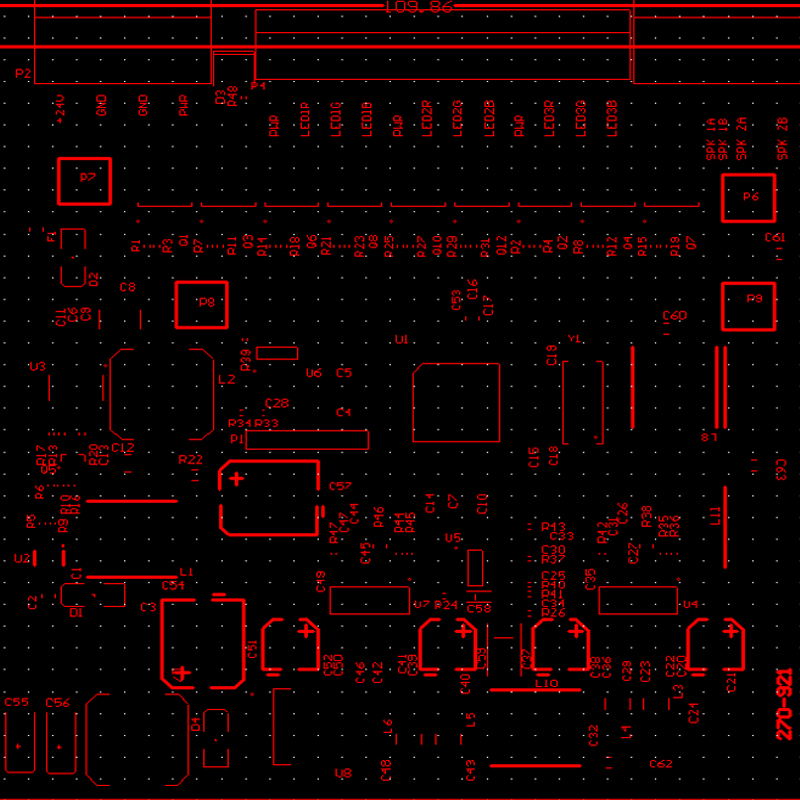PCB Silkscreen are often used by engineers in PCB manufacturing and Assembly, However, Many PCB designers think the silkscreen legend is not as important as circuit, so they didn’t care about the legend dimension and place position, What is a PCB design silkscreen for and how to make a good readable silkscreen ?
What are Silkscreens?
Silkscreen (also known as legend or nomenclature) defines the text-based, human-readable information that one finds printed onto the surface of a circuit board. Silkscreen information can include component reference designators, company logos, component identifiers, switch settings, test points, other instructions, part numbers, version numbers, etc.
Generally a Printed Circuit Board (PCB) Design has many different layers and the silkscreen layer is one of these layers. Since the silkscreen must be printed on the PCB surface there are at most two silkscreen layers the top and bottom for each PCB. Silkscreens holds text information printed onto the board for humans to read and interpret. On the silkscreen of a PCB you may print all sorts of information like the component reference designators, company logos, manufacturer marks, warning symbols, part numbers, version numbers, date code, etc. However space on a PCB’s surface is limited so it is best to limit it to useful or important information. Thus the silkscreen layer usually only holds a component legend showing where the various components go on the board with company logos and board design number.
Currently custom built digtal ink- jet printers specially for priting PCBs are most often used for printing silkscreens images onto PCB surfaces from board design data. Originally silkscreens were printed using the screen printing methods from which the name silkscreen is derived. This name is due to traditional screen printing technique being known for requiring a sheet of fine cloth like silk or polyester as a screen and a frame made of wood, aluminum, etc. Now as technology advanced many different simpler or faster methods for silkscreen printing were developed but the name remained the same.
How to Design Silkscreens?
There are some main Considerations we shoud care about.
1. Orientation/Overlaps
2. Adding extra marks may help show the orientation of components on the circuit board like in Fig. You may add marks with shapes like triangles, etc in addition to the original orientation signs on the component object marks to help showing the orientation of components with different I/ Os that need it.
3. Restrict the silkscreen to only one side like the top may cut your printing cost in half since in that case you would only need to print one side not two. -Not true in Bittele’s case we don’t charge anything for single or double sided silkscreen.
4. Mark using standard colours and larger shapes makes silkscreen cheaper and easier to read since you need special inks and standard colours are usually in stock thus cheaper than a colour that needs to be special ordered.
5. Measure distances to allow a certain amount of tolerance for common printing errors in the board by a few mils difference. Can reduce the possibility of problems due to machine printing errors.
More details about silkscreen, Please contact the experts from PHILIFAST.
Post time: Jun-22-2021





